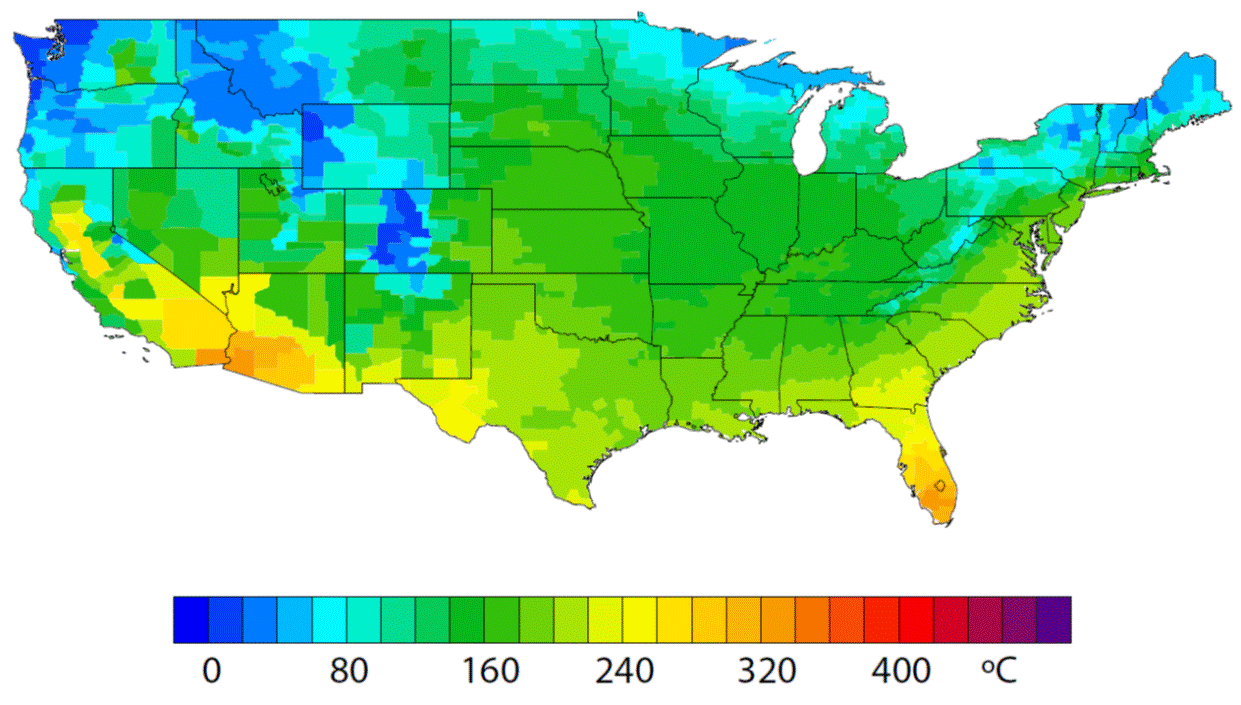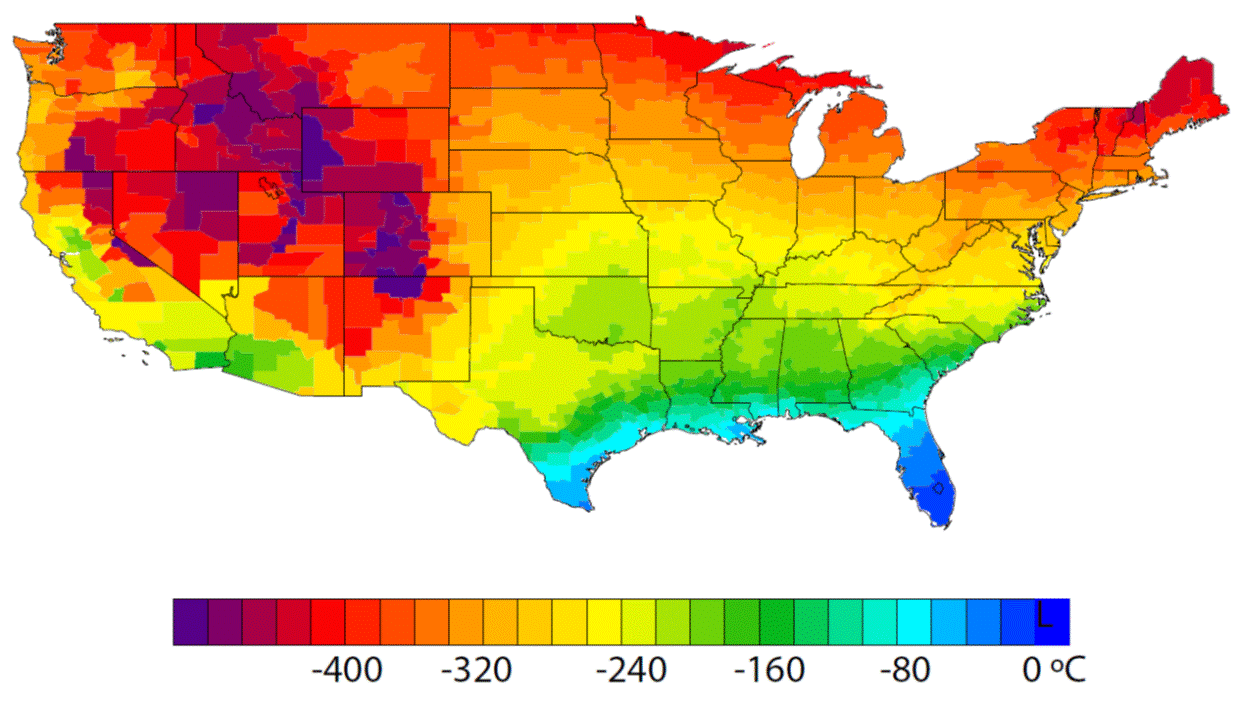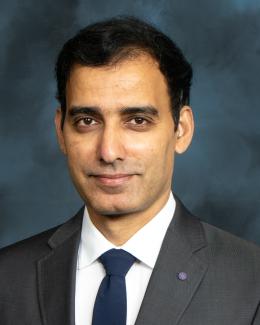A detailed study by Oak Ridge National Laboratory estimated how much more—or less—energy United States residents might consume by 2050 relative to predicted shifts in seasonal weather patterns across the country. ORNL’s Deeksha Rastogi and colleagues used a series of sophisticated climate models run on supercomputing resources at ORNL to estimate changes in household energy demand over a 40-year period. They found that prolonged periods of increased temperatures are expected to drive a rise in electricity needs while shorter, milder cold seasons could reduce natural gas demand. The team’s paper also posits that climate shifts could impact a projected decrease in residential energy demand in some rural areas. “Our results provide a highly comprehensive look at residential energy consumption that we hope will influence future analysis to understand residents’ choices and behavior relative to climate and socioeconomic conditions,” Rastogi said.
Topics:
Media Contact






